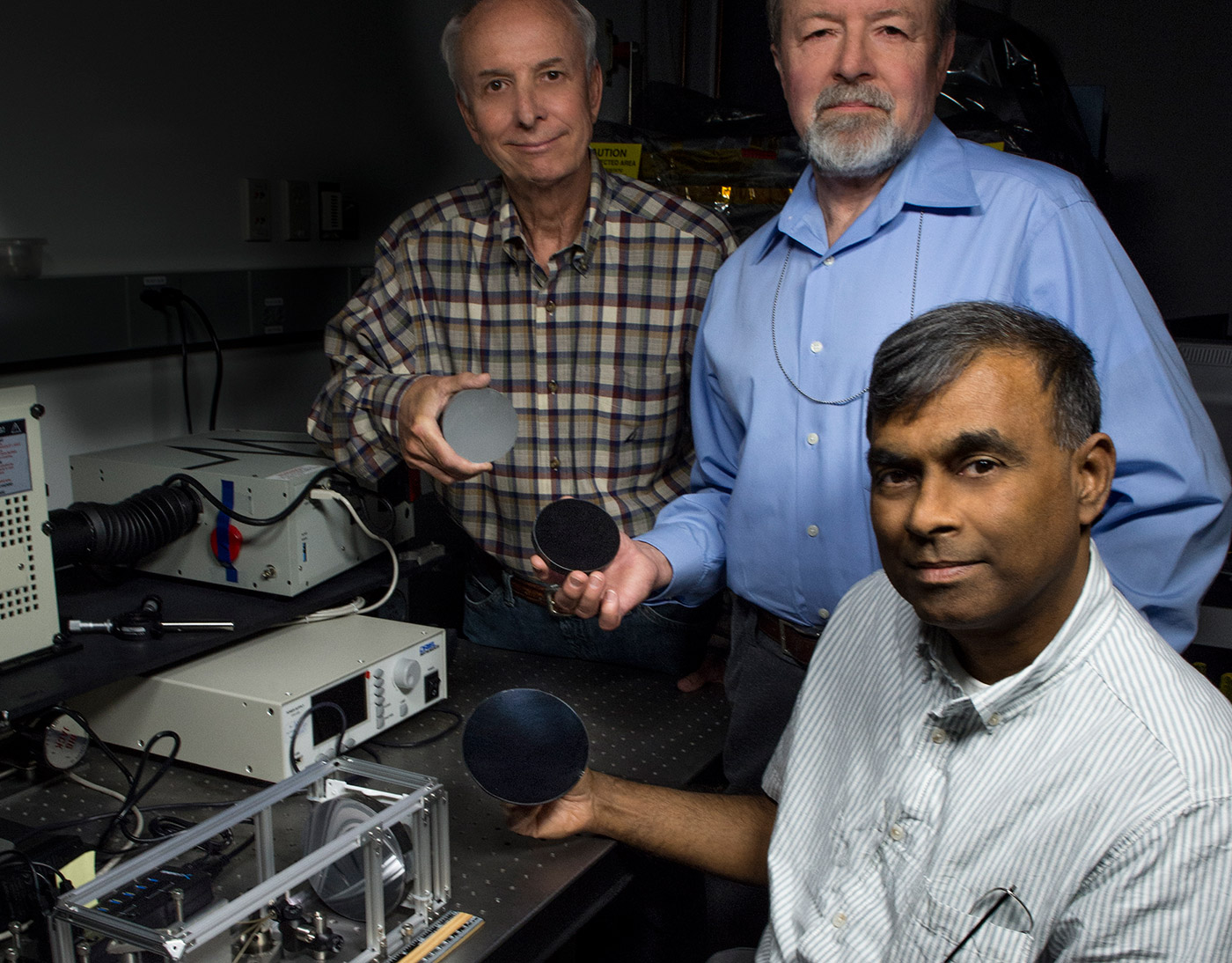
Carbon nanotube-based sensors are good at sniffing out all kinds of things, but applying the cylindrical molecules to a substrate has traditionally been a dangerous and unreliable process. Now, researchers at MIT have found a way to avoid the hazardous solvents that are currently used, by compressing commercially available nanotube powders into a pencil lead-shaped material. That allowed them to sketch the material directly onto paper imprinted with gold electrodes (as shown above), then measure the current flowing through the resisting carbon nanotubes -- allowing detection of any gases that stick to the material. It works even if the marks aren't uniform, according to the team, and the tech would open up new avenues to cheaper sensors that would be particularly adroit at detecting rotten fruit or natural gas leaks. For more info, sniff out the video after the break.
Continue reading MIT pencils in carbon nanotube gas sensor that's cheaper, less hazardous (video)
Filed under: Science, Alt
MIT pencils in carbon nanotube gas sensor that's cheaper, less hazardous (video) originally appeared on Engadget on Wed, 10 Oct 2012 14:06:00 EDT. Please see our terms for use of feeds.
Permalink  Inhabitat
Inhabitat |
 MIT
MIT |
Email this |
Comments
 A team of NASA Goddard scientists are developing a lightweight and low-cost telescope small enough to fit inside CubeSats. Those mini satellites provide the agency an inexpensive means to send various experiments to outer space. By creating a small t...
A team of NASA Goddard scientists are developing a lightweight and low-cost telescope small enough to fit inside CubeSats. Those mini satellites provide the agency an inexpensive means to send various experiments to outer space. By creating a small t...
 A team of NASA Goddard scientists are developing a lightweight and low-cost telescope small enough to fit inside CubeSats. Those mini satellites provide the agency an inexpensive means to send various experiments to outer space. By creating a small t...
A team of NASA Goddard scientists are developing a lightweight and low-cost telescope small enough to fit inside CubeSats. Those mini satellites provide the agency an inexpensive means to send various experiments to outer space. By creating a small t...
 MIT researchers are developing an alternative to lithium batteries that uses absolutely no toxic materials and isn't prone to spontaneous combustion. This alternative source of power takes the form of wires made out of carbon nanotubes -- the same cy...
MIT researchers are developing an alternative to lithium batteries that uses absolutely no toxic materials and isn't prone to spontaneous combustion. This alternative source of power takes the form of wires made out of carbon nanotubes -- the same cy...
 Researchers at East China University of Science & Technology have finally managed to develop a macroscopic material that exhibits the same strength and pliability as individual nanotubes. In fact, their new carbon nanotube-based film that is five...
Researchers at East China University of Science & Technology have finally managed to develop a macroscopic material that exhibits the same strength and pliability as individual nanotubes. In fact, their new carbon nanotube-based film that is five...



